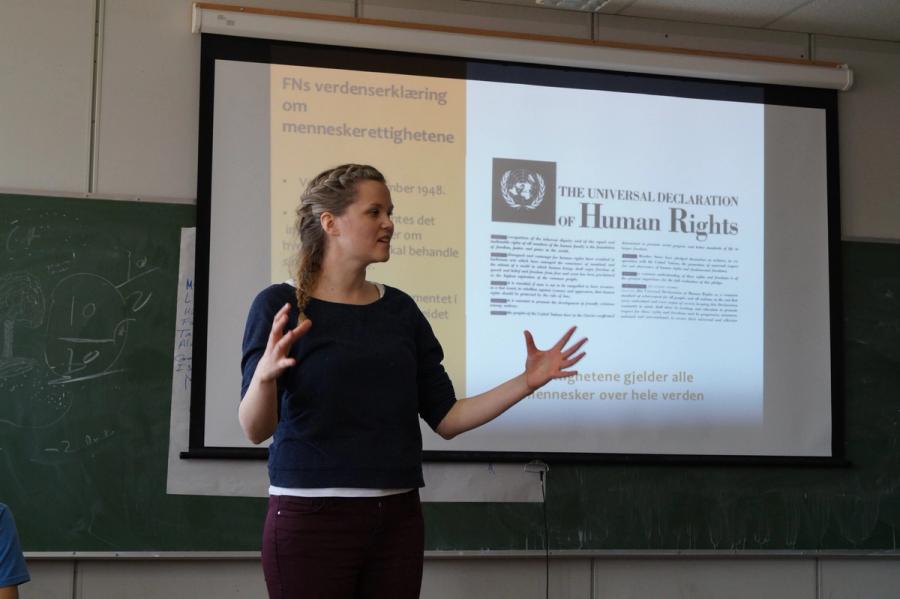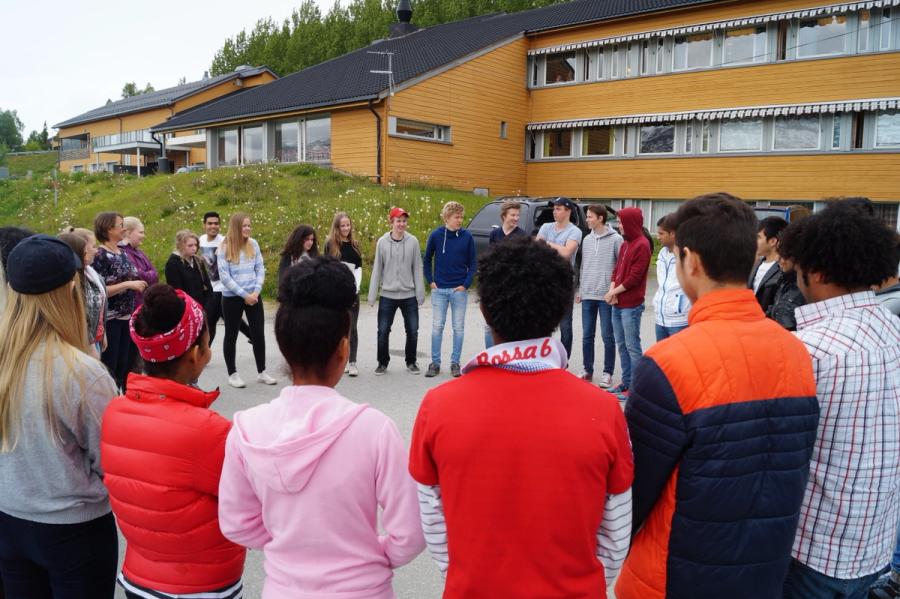How to use the Toolkit
The activities in the Toolkit can be used individually or can be combined to make longer workshops or for use in projects. Here are some tips about how to use the activities in your presentation.
Tip 1
Use the filter field
- Find activities that suit your intended topic, target group and time at your disposal. You can also search for key words. Note: the suggested time is just a suggestion, you can spend more or less time on an activity.
Tip 2
Vary methods and activities
- Your teaching will be more exciting and interesting if you combine presentations and short introductions with elements where the participants take an active part, such as group work, exercises or fun energy boosters.
- Energizers (pink circles): Short, often physical exercises where everyone takes part. They are used as “good little helpers” in the teaching to “recharge” the participants.
- Teaching activities (yellow/green boxes): Group activities or exercises that have “quick facts”, detailed instructions, questions to reflect on and debriefing points.
- Workshop (dark blue boxes): If you want an extended programme composed of various activities, we recommend our customised workshops.
Tip 3
Prepare the topics, and use the resources
- Several of the activities contain topic articles which can be used as the basis for presentations. We have also included films that are recommended for use after the activity has been completed.
- A presentation lasting more than 30 minutes can be split up with energizers
Tip 4
The physical teaching venue
- Basically the participants should sit in a horseshoe shape with no desks as this will ensure closer contact between the participants. Desks are used in group work.
- Technical aids are good, but don’t overuse them
Tip 5
Create good possibilities for reflection and discussion
- Try to avoid asking questions that have yes-no answers. Good ways of asking questions may be “Why do you think that’s true?” or “Can you explain this in more detail?”
- Always give a summary.
- Never be afraid of discussions and “raised temperatures” in the classroom. This only proves that participation teaching works. Different attitudes and views should be acknowledged and explored. The hard questions are often the ones we learn the most from.
- If opinions are expressed that might be experienced as discriminatory, breaching human rights or showing disrespect for human values, it is vital that you as the facilitator explain why they are problematic or unacceptable:
- Explain what human rights state.
- Present fact-based information, including stories that can lead to empathy.
- Present points of view from positive role models.
- Explain that development often means breaking away from the traditional and the “normal”. That’s why it’s natural that people might initially resist new attitudes and values, as they may break with what they have learnt earlier in life. Development takes time.



